

Articles
How Long Do Lice Live On Furniture
Modified: February 27, 2024
Discover how long lice can survive on furniture and learn effective ways to eliminate them. Keep your furniture lice-free with our expert tips and advice.
(Many of the links in this article redirect to a specific reviewed product. Your purchase of these products through affiliate links helps to generate commission for Storables.com, at no extra cost. Learn more)
Introduction
Welcome to our comprehensive guide on how long lice can live on furniture. Lice are tiny parasites that can cause discomfort and frustration, especially when they infest our homes. Understanding how long lice can survive on furniture is crucial in preventing their spread and ensuring effective treatment.
Lice infestations are a common problem, particularly among children. These tiny insects feed on human blood and can quickly spread from person to person. While the primary mode of lice transmission is through direct head-to-head contact, there is a legitimate concern about whether lice can survive and thrive on furniture and other inanimate objects.
In this article, we will explore the lifespan of lice on furniture, the factors that affect their survival, and practical steps to prevent and treat lice infestations in your home.
So, let’s dive in and unravel the mysteries of lice on furniture!
Key Takeaways:
- Lice have a limited ability to survive on furniture due to the lack of ideal conditions for feeding and reproduction, making regular cleaning and personal hygiene crucial in preventing infestations.
- Understanding the factors affecting lice survival on different types of furniture can help in implementing effective preventive measures and treatment strategies to maintain a clean and comfortable living environment.
Read more: How Long Do Lice Live On A Mattress
Understanding Lice
Before we delve into the topic of lice on furniture, let’s take a moment to understand these pesky parasites. Lice are small, wingless insects that belong to the order Phthiraptera. There are three main types of lice that infest humans:
- Head lice (Pediculus humanus capitis): These are the most common type of lice and are typically found on the scalp and hair.
- Body lice (Pediculus humanus corporis): Body lice are usually found on clothing and bedding, but they come into contact with the body to feed.
- Pubic lice (Pthirus pubis): Pubic lice infest the pubic hair area but can also be found in other areas with coarse hair, such as the armpits or eyebrows.
Lice feed on the blood of their host and multiply rapidly. They lay eggs, commonly known as nits, which attach firmly to hair or clothing fibers. Nits are oval and about the size of a pinhead. If left untreated, lice infestations can cause intense itching, irritation, and secondary skin infections.
Lice are highly contagious and can easily spread from person to person, particularly in close quarters like schools, camps, and households.
It’s important to note that lice do not jump or fly. They crawl from one head or object to another, seeking a new host to feed on. This is why understanding their survival on furniture is crucial in preventing their spread and ensuring effective treatment.
Now that we have a basic understanding of lice let’s explore whether lice can indeed live on furniture.
Can Lice Live on Furniture?
One of the most frequently asked questions regarding lice is whether they can survive on furniture and other household surfaces. The short answer is that lice have a limited ability to survive away from a human host.
Lice require a warm and blood-rich environment to survive and reproduce. They have specialized mouthparts adapted for feeding on the scalp or other areas of the body, and they cannot survive for long without a blood meal.
While lice can momentarily crawl onto furniture or other objects, they are unable to feed or reproduce away from a human host for an extended period of time. Furniture materials such as wood, fabric, or plastic do not provide the ideal conditions for lice survival.
It’s worth noting that the risk of lice infesting furniture or other surfaces increases in situations where there is prolonged and direct head-to-head contact. For example, if a person with an active lice infestation rests their head on a couch or pillow, lice may transfer to that surface.
However, it’s important to understand that lice do not reside or colonize furniture like they do on human hair. They do not build nests or lay eggs on furniture surfaces. Instead, they quickly move around in search of a new host. Their primary goal is to find human hair or clothing fibers, where they can feed and reproduce.
While the chances of lice surviving on furniture are minimal, it’s still essential to take precautions and follow proper hygiene practices to minimize the risk of infestation.
In the next section, we will explore the factors that can affect the survival of lice on furniture.
Factors Affecting Lice Survival on Furniture
While lice have a limited ability to survive on furniture, several factors can influence their chances of surviving away from a human host. Understanding these factors can help you take appropriate measures to prevent lice infestations.
1. Time Since Separation: Lice can only survive for a short period away from a human host. Once they are separated from their food source, their chances of survival rapidly decline. Studies have shown that lice can only survive for a day or two without a blood meal.
2. Environmental Conditions: Lice require warm and humid conditions to survive. Furniture materials such as wood, plastic, and metal do not provide the ideal environment for lice, as they do not retain warmth or moisture like human hair or clothing.
3. Lack of Blood Supply: Lice rely on a consistent blood supply for their survival. Without regular feeding, they become weak and unable to reproduce. Furniture does not provide a suitable blood source for lice, making their survival and reproduction unlikely.
4. Surface Type: Different types of furniture surfaces may affect the lifespan of lice. Porous materials, such as upholstery or fabric sofas, may provide more favorable conditions for lice survival compared to smooth surfaces like plastic or metal.
5. Cleaning and Disinfection: Regular cleaning and disinfection of furniture and household surfaces can help eliminate or minimize the chance of lice survival. Using appropriate cleaning products and techniques can help remove lice and their eggs from furniture, reducing the risk of infestation.
6. Personal Hygiene: Practicing good personal hygiene, such as regular washing of hair, clothes, and bedding, can help prevent lice infestations. By keeping yourself and your living environment clean, you can significantly reduce the risk of lice spreading to furniture.
Remember, while these factors can affect lice survival on furniture, it’s still crucial to take proactive measures to prevent the spread of lice and maintain a hygienic living environment.
Next, we will discuss how long lice can survive on different types of furniture.
To prevent lice from living on furniture, vacuum and steam clean upholstery and carpets, and wash bedding and linens in hot water. Use a fine-toothed comb to remove any lice or nits from furniture surfaces.
How Long Do Lice Live on Different Types of Furniture?
The lifespan of lice on furniture can vary depending on the type of furniture material and the environmental conditions. Generally, lice have a short survival time away from a human host, but some factors can influence their lifespan on different types of furniture.
1. Upholstered Furniture: Upholstered furniture, such as sofas, couches, and fabric chairs, is more porous and can provide a conducive environment for lice survival. Lice may be able to crawl onto the fabric surface and temporarily survive there. However, without access to a human host and a blood meal, lice typically cannot survive for more than 24-48 hours on upholstered furniture.
2. Leather Furniture: Leather furniture has a smoother and less porous surface compared to upholstery. Lice are less likely to survive on leather furniture due to the lack of suitable conditions for feeding and reproduction. The smooth surface makes it more difficult for lice to cling onto the furniture.
3. Plastic or Metal Furniture: Furniture made of plastic or metal, such as chairs, tables, or desks, is the least conducive for lice survival. Lice find it challenging to crawl on these smooth surfaces, and the lack of warmth and blood source makes it highly unlikely for them to survive for an extended period.
4. Mattresses and Pillows: Mattresses and pillows can provide hiding places for lice, especially if infested individuals have direct contact with them. Lice may temporarily crawl onto these surfaces, but without human contact, they cannot survive for long. Regular cleaning and changing of bedding can help prevent lice infestation on mattresses and pillows.
To minimize the risk of lice infestation on furniture, it is crucial to practice good hygiene habits, such as regular cleaning, vacuuming, and disinfecting. Additionally, for individuals with lice infestations, it is essential to avoid direct contact with furniture or take precautions to prevent lice from spreading to the environment.
Now that we have covered the lifespan of lice on different types of furniture, let’s discuss preventive measures and treatment options for lice on furniture in the next section.
Read more: How Long Does Lice Live On Pillows
Prevention and Treatment of Lice on Furniture
Preventing and treating lice infestations on furniture is crucial to maintain a clean and hygienic living environment. Here are some practical steps you can take to prevent lice on furniture:
1. Personal Hygiene: Practice good personal hygiene by regularly washing your hair, clothes, and bedding. This helps prevent lice from spreading to furniture and other household surfaces.
2. Avoid Sharing Personal Items: Lice can easily transfer from one person to another through the sharing of personal items like combs, hats, and hair accessories. Avoid sharing these items to reduce the risk of infestation.
3. Regular Cleaning: Routinely clean and vacuum furniture, paying attention to upholstery, cushions, and the area around the furniture. This helps remove any lice or nits that may have crawled onto the furniture.
4. Disinfection: Use appropriate disinfectants to sanitize furniture surfaces, especially if someone in the household has a lice infestation. Follow the instructions of the disinfectant product for effective use.
5. Quarantine Infested Items: If you discover lice on certain items like pillows or stuffed animals, isolate them in a sealed plastic bag for a few weeks. Lice cannot survive without a host for an extended period, and this can help eliminate any potential infestation.
6. Treatment of Infested Individuals: If someone in your household has a lice infestation, it’s crucial to treat them promptly and thoroughly. Follow recommended treatment methods, such as using over-the-counter lice treatments or seeking professional advice from a healthcare provider.
7. Educate Family Members and Close Contacts: Inform family members, friends, and close contacts about the lice infestation to prevent its spread. Encourage them to check their own hair and take necessary precautions to avoid reinfestation.
Remember, preventing and treating lice on furniture requires a combined effort of personal hygiene, regular cleaning, and awareness among family members and close contacts.
In the next section, we will conclude our guide on lice on furniture and summarize key points.
Conclusion
Lice infestations can be a source of frustration and discomfort, but understanding their survivability on furniture is key to preventing their spread and effectively managing the problem. While lice have a limited ability to survive on furniture, it’s crucial to take precautions and maintain good hygiene practices to minimize the risks.
We have learned that lice require a warm and blood-rich environment to survive and reproduce. Furniture materials like wood, fabric, plastic, and metal do not provide the ideal conditions for lice to thrive. While lice may temporarily crawl onto furniture surfaces, their ability to survive long-term is limited. Factors such as time since separation, environmental conditions, lack of blood supply, surface type, cleaning, and personal hygiene all play a role in affecting lice survival on furniture.
To prevent lice infestation on furniture, it is important to practice good personal hygiene, regularly clean furniture surfaces, and disinfect to eliminate any potential lice or nits. Avoid sharing personal items and isolate infested items to minimize the risk of spreading lice. Additionally, prompt and thorough treatment of lice infestations in individuals is crucial to prevent reinfestation and further spread.
By following these preventive measures and taking appropriate treatment steps, you can effectively manage lice infestations and maintain a clean and comfortable living environment for you and your family.
Remember, if you find yourself dealing with a persistent lice infestation or if you have any concerns, it is always advisable to seek professional advice from a healthcare provider or lice specialist.
Thank you for reading our comprehensive guide on how long lice can live on furniture. Stay informed, stay vigilant, and take control of lice infestations to ensure a lice-free and comfortable home.
Frequently Asked Questions about How Long Do Lice Live On Furniture
Was this page helpful?
At Storables.com, we guarantee accurate and reliable information. Our content, validated by Expert Board Contributors, is crafted following stringent Editorial Policies. We're committed to providing you with well-researched, expert-backed insights for all your informational needs.


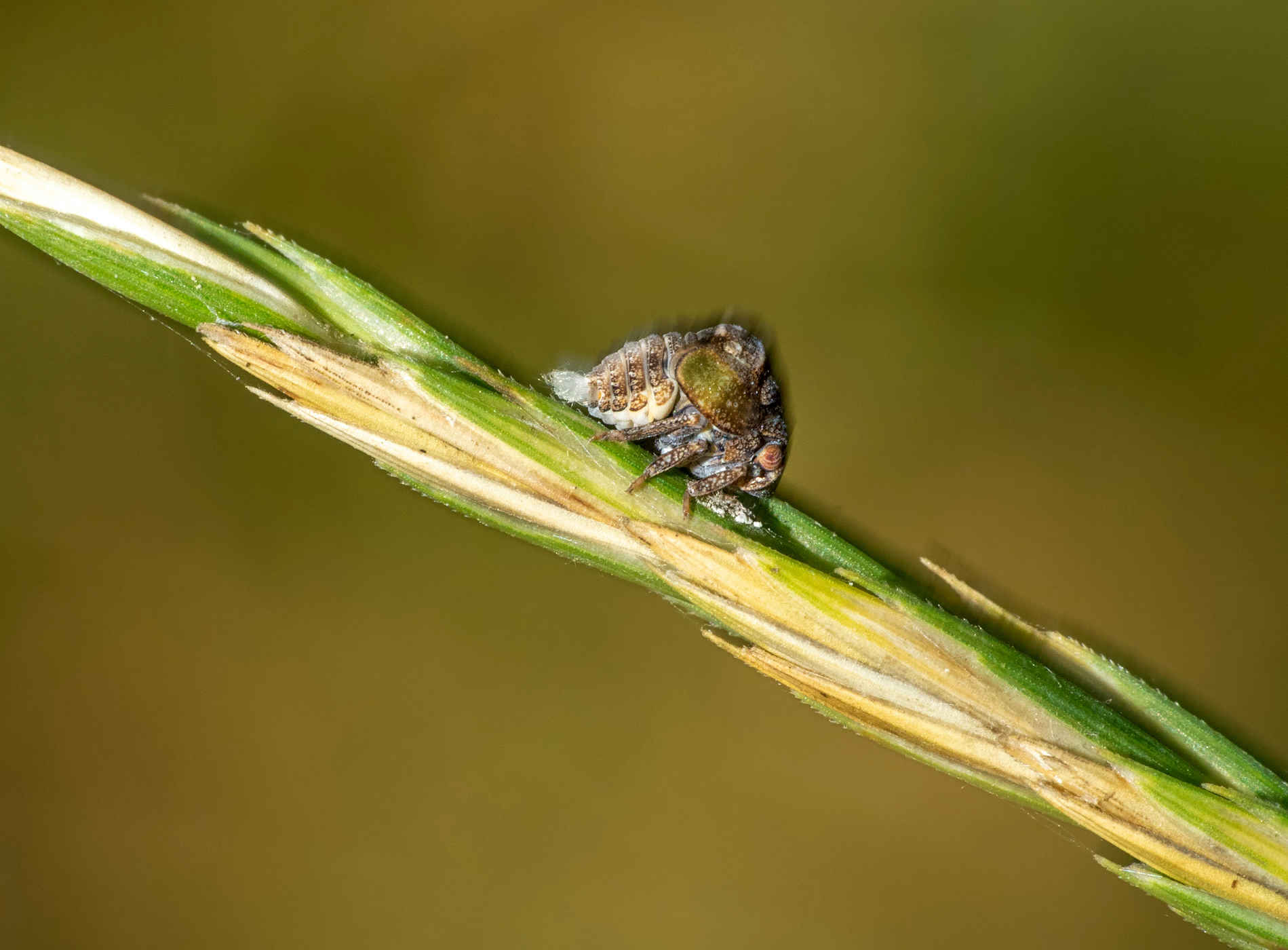
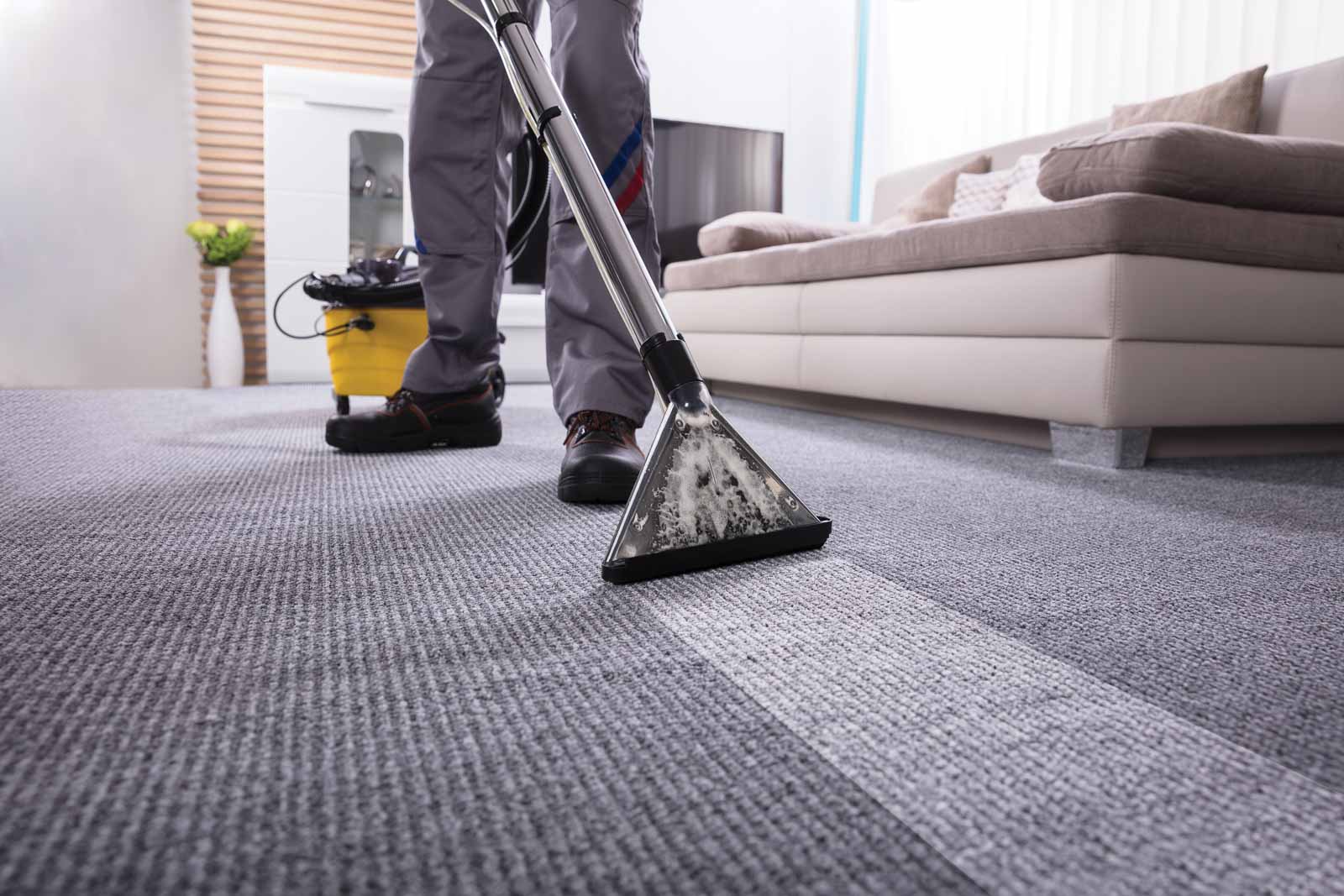
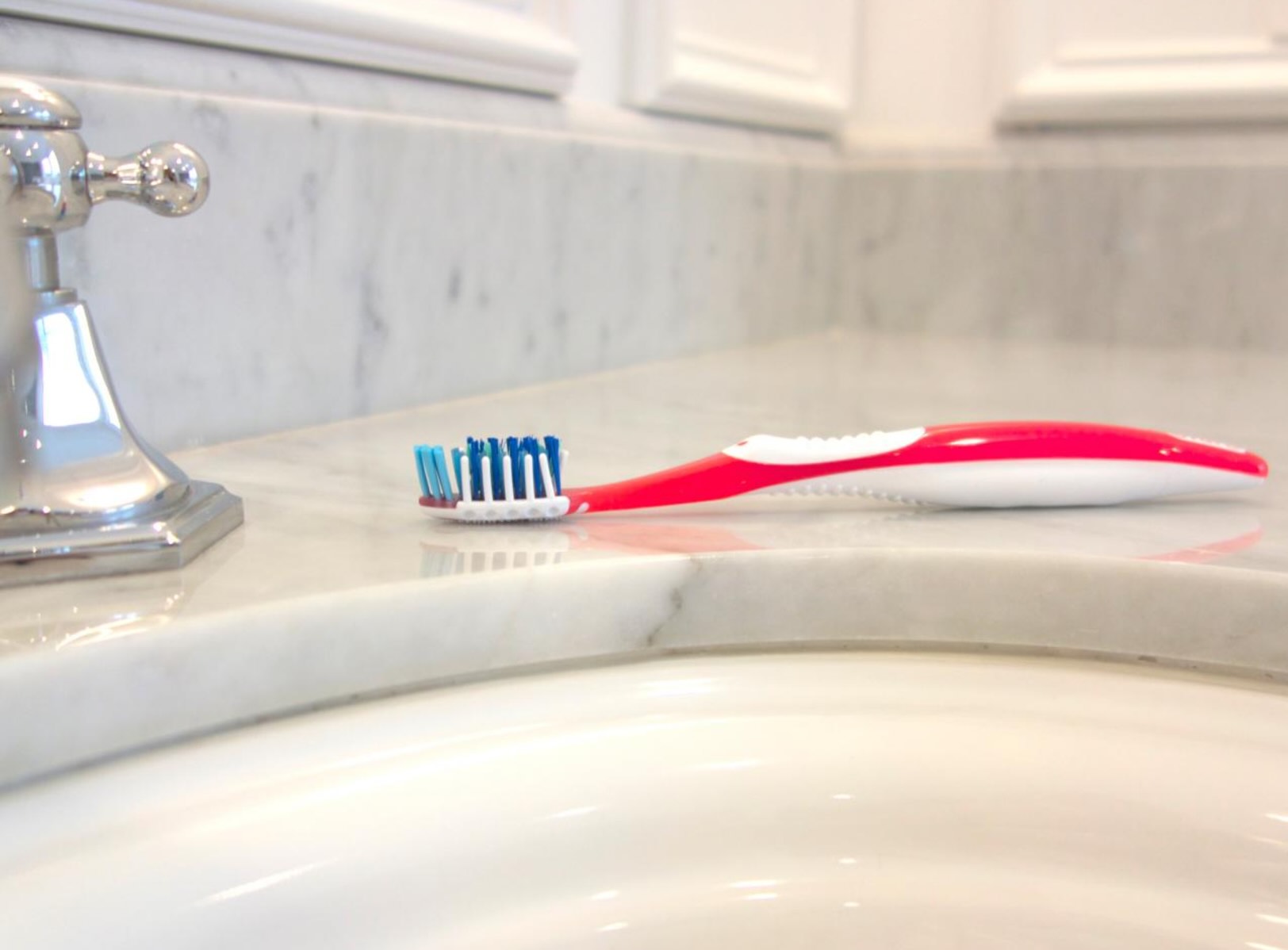
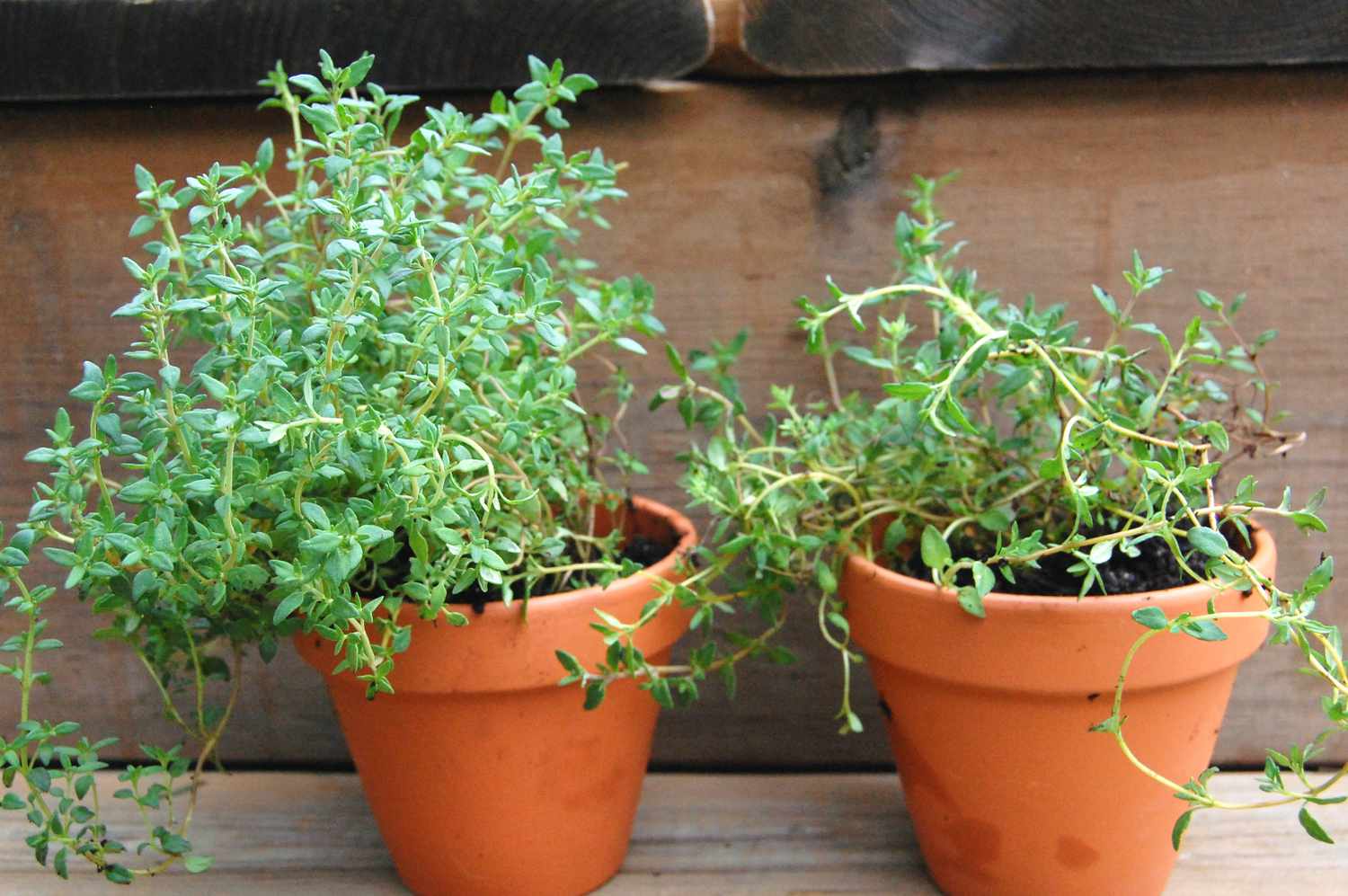
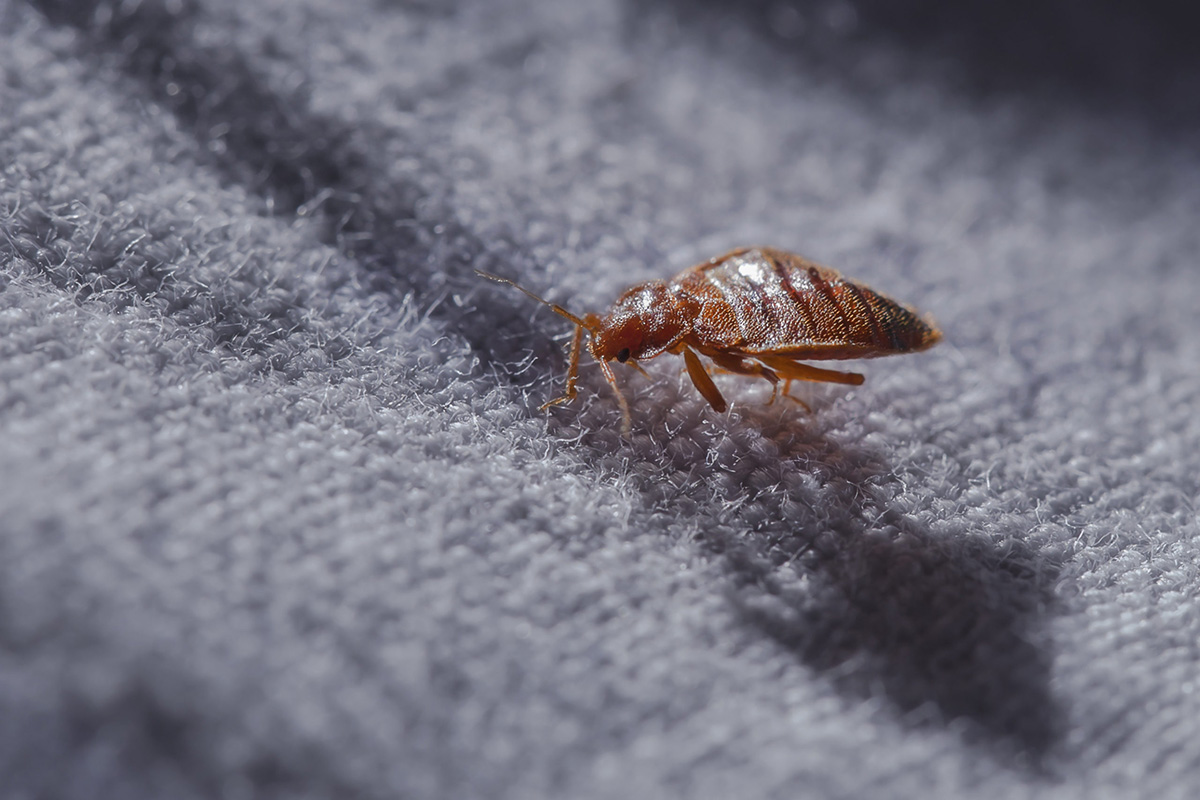

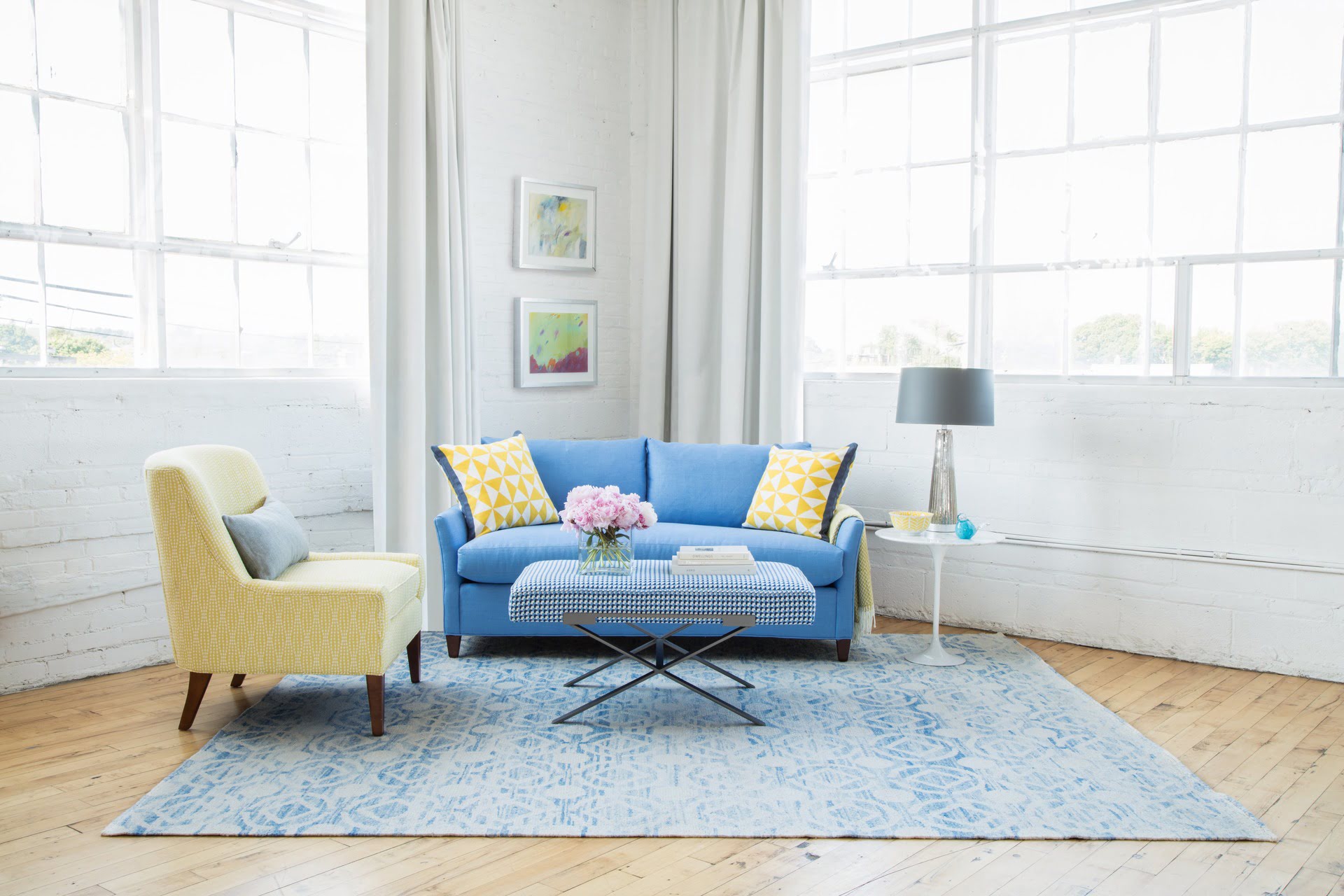
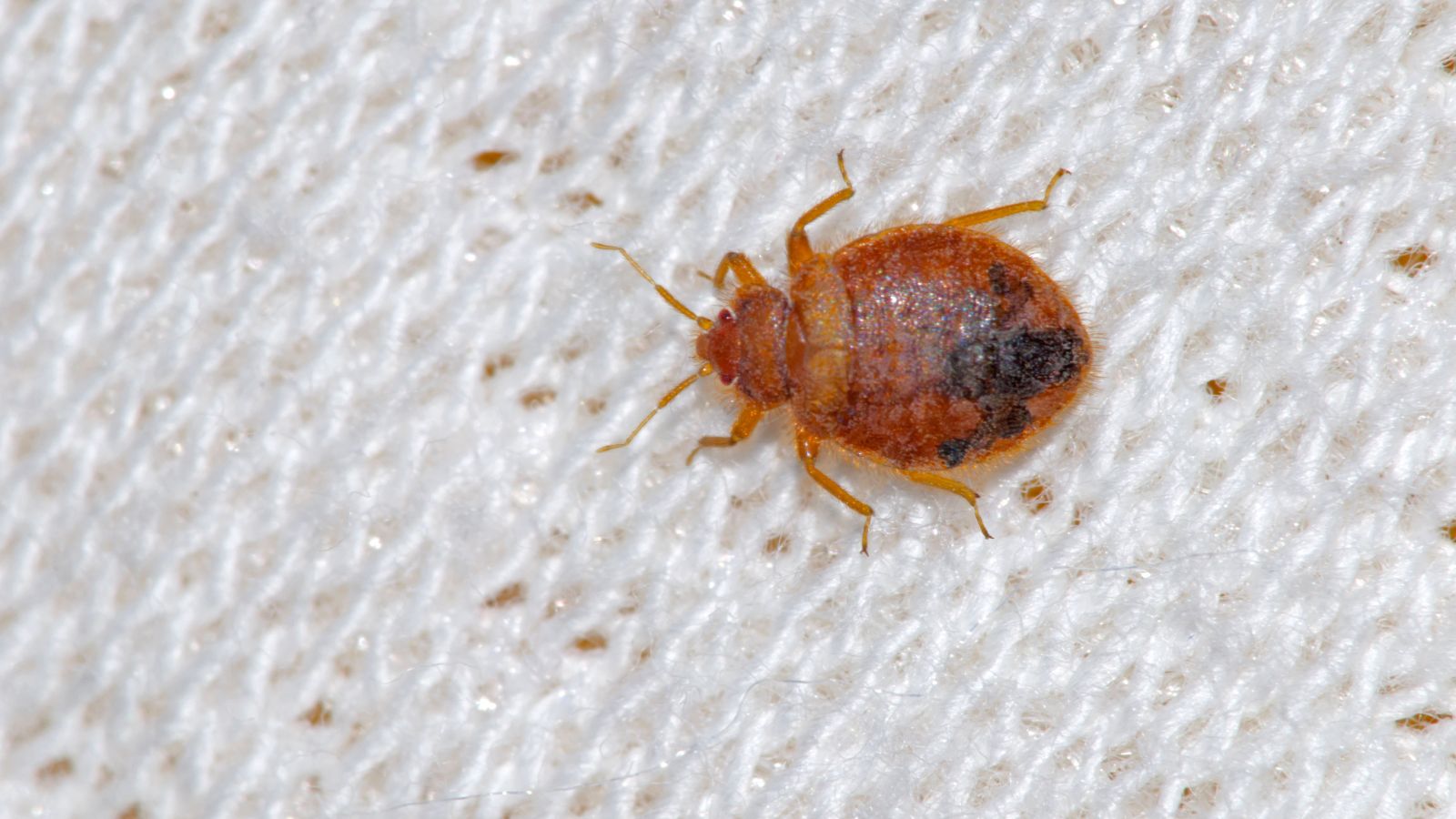



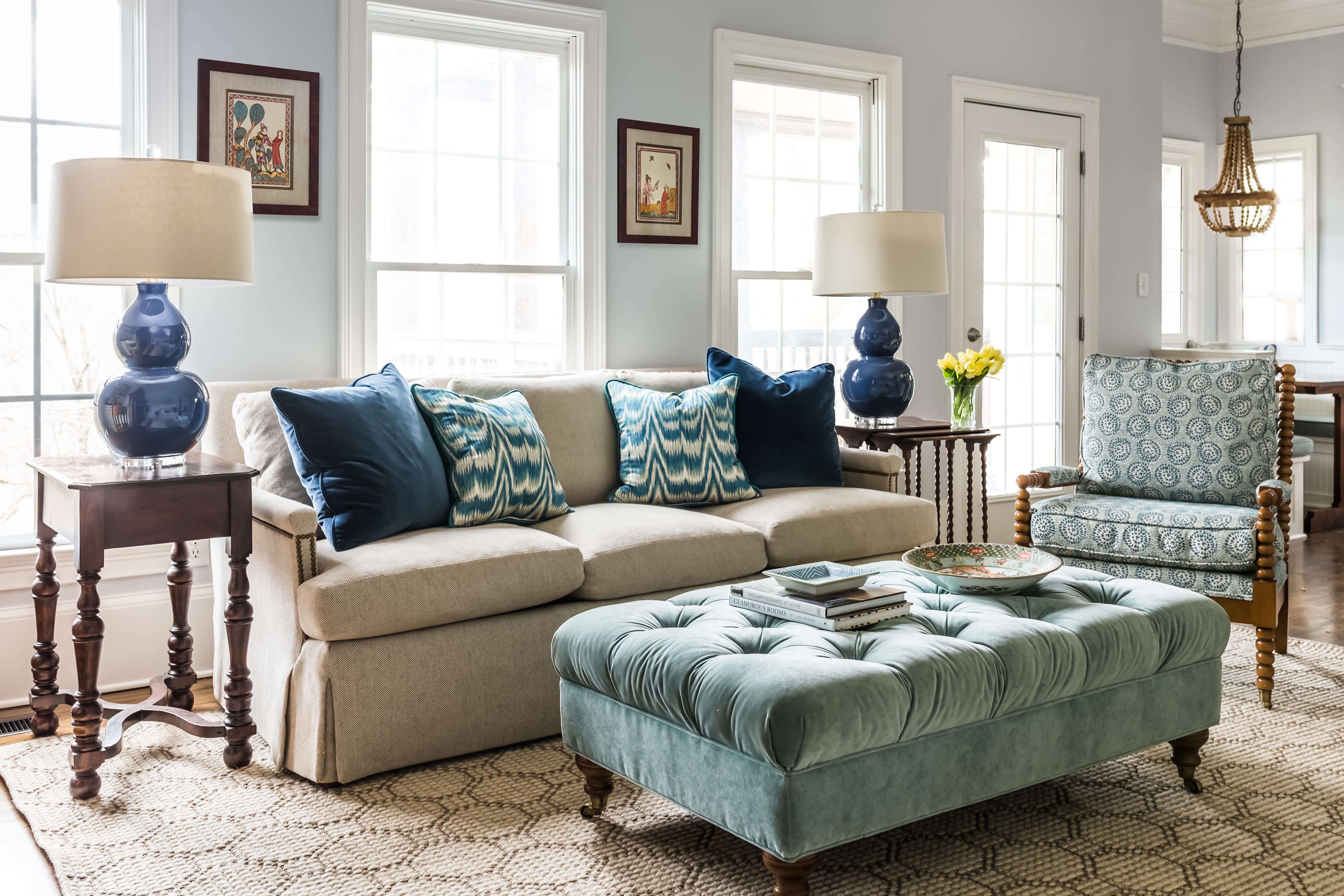

0 thoughts on “How Long Do Lice Live On Furniture”